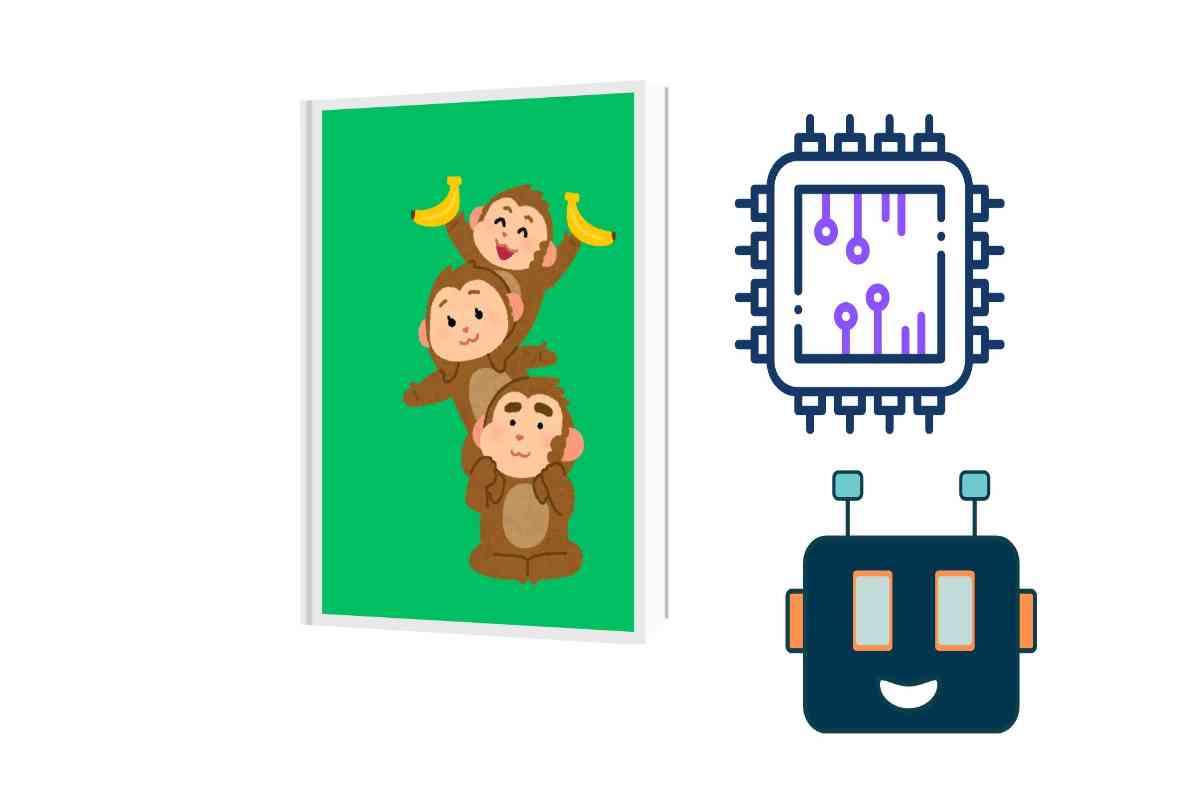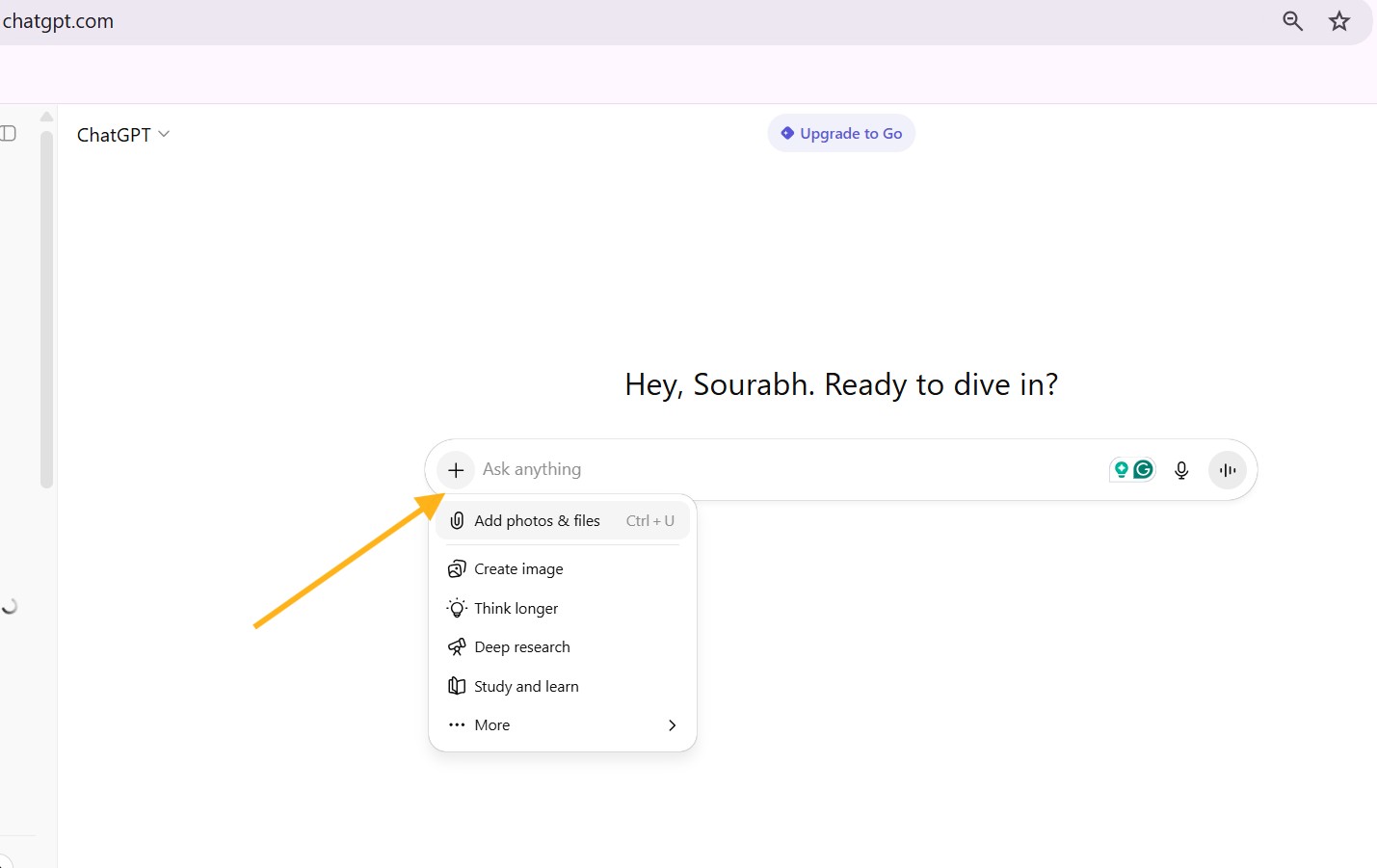
Introduction
The Monkey Banana Problem in Artificial Intelligence is a well-known example in AI that demonstrates how an intelligent agent (in this case, a monkey) plans a sequence of actions to achieve a specific goal—getting a banana that’s out of reach. This problem is widely used in AI research, especially in planning and problem-solving domains.
What is the Monkey Banana Problem in AI?
The monkey banana problem in AI involves a monkey inside a room with a banana hanging from the ceiling. The banana is too high to reach directly. In the room, there is also a box. The monkey needs to figure out how to get the banana using the box. This involves a sequence of steps like walking to the box, pushing it under the banana, climbing on the box, and grabbing the banana.
This scenario is used to model goal-based intelligent behavior and is often implemented using AI planning algorithms, such as STRIPS, or logic programming languages like Prolog.
Monkey Banana Problem Algorithm in AI
To solve the monkey banana problem in artificial intelligence, an agent must:
- Identify the initial state: monkey is on the floor, banana is hanging, box is elsewhere.
- Define the goal state: monkey has the banana.
- Define possible actions:
- Walk to the box
- Push the box under the banana
- Climb the box
- Grab the banana
- Use a planning algorithm to find the optimal sequence.
This simple setup helps AI systems learn how to map states to actions logically and sequentially, making it a classic in planning-based AI solutions.
Monkey Banana Problem in Prolog
In logic programming, the monkey banana problem in Prolog is a great example to teach rule-based systems. You define the world with facts and rules, and Prolog attempts to deduce the steps needed to reach the goal.
Example predicates may include:
at(monkey, floor)at(box, corner)under(monkey, banana)can_climb(monkey, box)
By defining state transitions, Prolog can be used to simulate the decision-making process of the monkey.
FAQ’S
Q1. What is the monkey banana theory?
The monkey banana theory isn’t a scientific term in AI but is often informally used to describe the idea of motivation and logical steps needed to solve a problem or achieve a reward.
Q2. How to solve the monkey problem?
To solve the monkeys and bananas problem, you must model the environment, define actions and constraints, and use a planning algorithm (like DFS, BFS, or STRIPS) to reach the goal of grabbing the banana.
Q3. What is the monkey problem in India?
This refers to the real-world issue of monkeys creating disturbances in urban areas, especially near temples and markets. It’s not directly related to AI but reflects a behavioral pattern that might someday be modeled in simulations.
Q4. What are monkey bananas?
Monkey bananas are small, sweet bananas also known as baby bananas. This term is unrelated to the monkey banana problem in artificial intelligence, but commonly searched due to the similarity in names.
Conclusion
The monkey banana problem in AI continues to serve as a foundational problem in the study of intelligent agents and automated planning. Whether implemented in logical systems like Prolog or through search algorithms, this scenario illustrates how machines can simulate human-like reasoning to solve complex tasks. From academic examples to real-world applications, this classic puzzle remains relevant in AI education and research.


